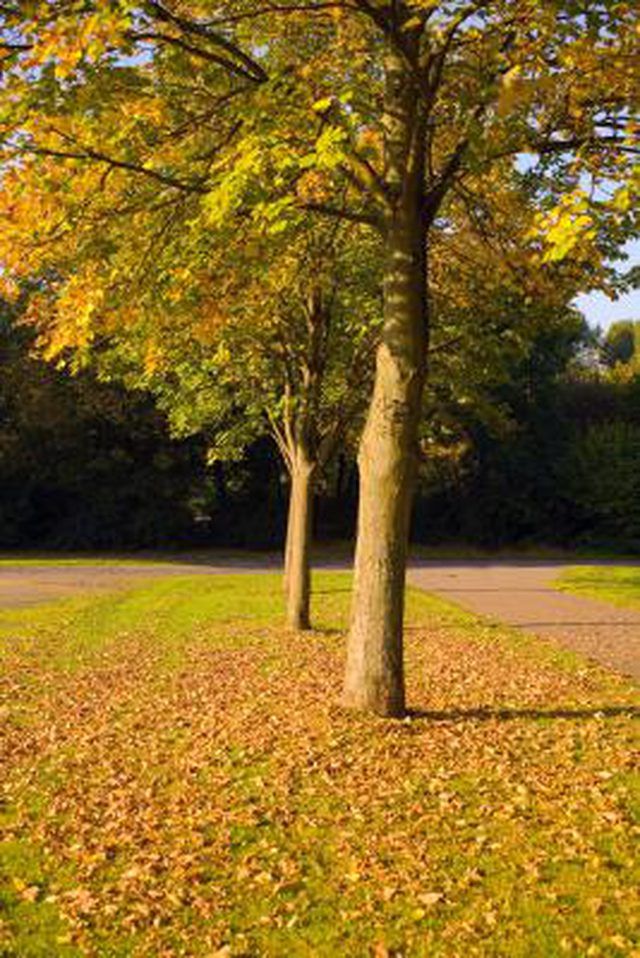Bulbs
Flower Basics
Flower Beds & Specialty Gardens
Flower Garden
Garden Furniture
Garden Gnomes
Garden Seeds
Garden Sheds
Garden Statues
Garden Tools & Supplies
Gardening Basics
Green & Organic
Groundcovers & Vines
Growing Annuals
Growing Basil
Growing Beans
Growing Berries
Growing Blueberries
Growing Cactus
Growing Corn
Growing Cotton
Growing Edibles
Growing Flowers
Growing Garlic
Growing Grapes
Growing Grass
Growing Herbs
Growing Jasmine
Growing Mint
Growing Mushrooms
Orchids
Growing Peanuts
Growing Perennials
Growing Plants
Growing Rosemary
Growing Roses
Growing Strawberries
Growing Sunflowers
Growing Thyme
Growing Tomatoes
Growing Tulips
Growing Vegetables
Herb Basics
Herb Garden
Indoor Growing
Landscaping Basics
Landscaping Patios
Landscaping Plants
Landscaping Shrubs
Landscaping Trees
Landscaping Walks & Pathways
Lawn Basics
Lawn Maintenance
Lawn Mowers
Lawn Ornaments
Lawn Planting
Lawn Tools
Outdoor Growing
Overall Landscape Planning
Pests, Weeds & Problems
Plant Basics
Rock Garden
Rose Garden
Shrubs
Soil
Specialty Gardens
Trees
Vegetable Garden
Yard Maintenance
Wavelengths of Light That Are Most Effective for Photosynthesis
Wavelengths of Light That Are Most Effective for Photosynthesis. Plants have several types of pigments that allow them to absorb light for photosynthesis. Each pigment absorbs different wavelengths, so that the best wavelengths for plants depend on the type of pigment it has the most of.

Plants have several types of pigments that allow them to absorb light for photosynthesis. Each pigment absorbs different wavelengths, so that the best wavelengths for plants depend on the type of pigment it has the most of.
Chlorophyll A
Chlorophyll a, which is present in all photosynthetic organisms, absorbs blue light with wavelengths of 430 nanometers (nm) and red light of 662 nm. It reflects green light, so that the plants that contain it appear green. Compared to other pigments, chlorophyll a exists most abundantly in plants.
Chlorophyll B
Chlorophyll b, which is similar in structure to chlorophyll a, exists in green algae and plants. It absorbs light of 453 nm and 642 nm. Chlorophyll a helps plants absorb a more extensive range of light wavelengths.
Carotenoids
All organisms that conduct photosynthesis have carotenoids. They absorb green light between 460 nm and 550 nm best. Plants that contain mostly cartenoids appear red, orange or yellow.